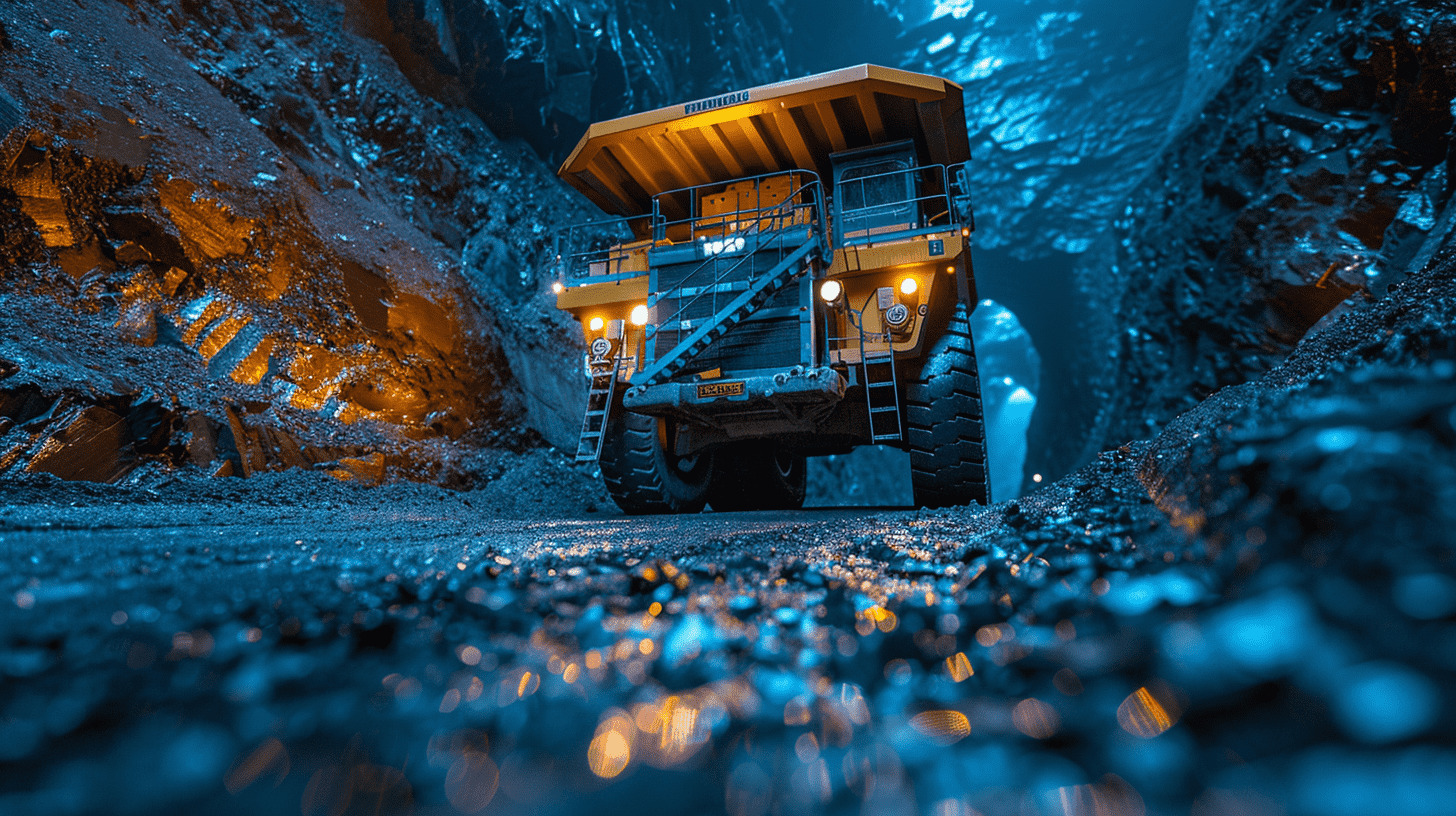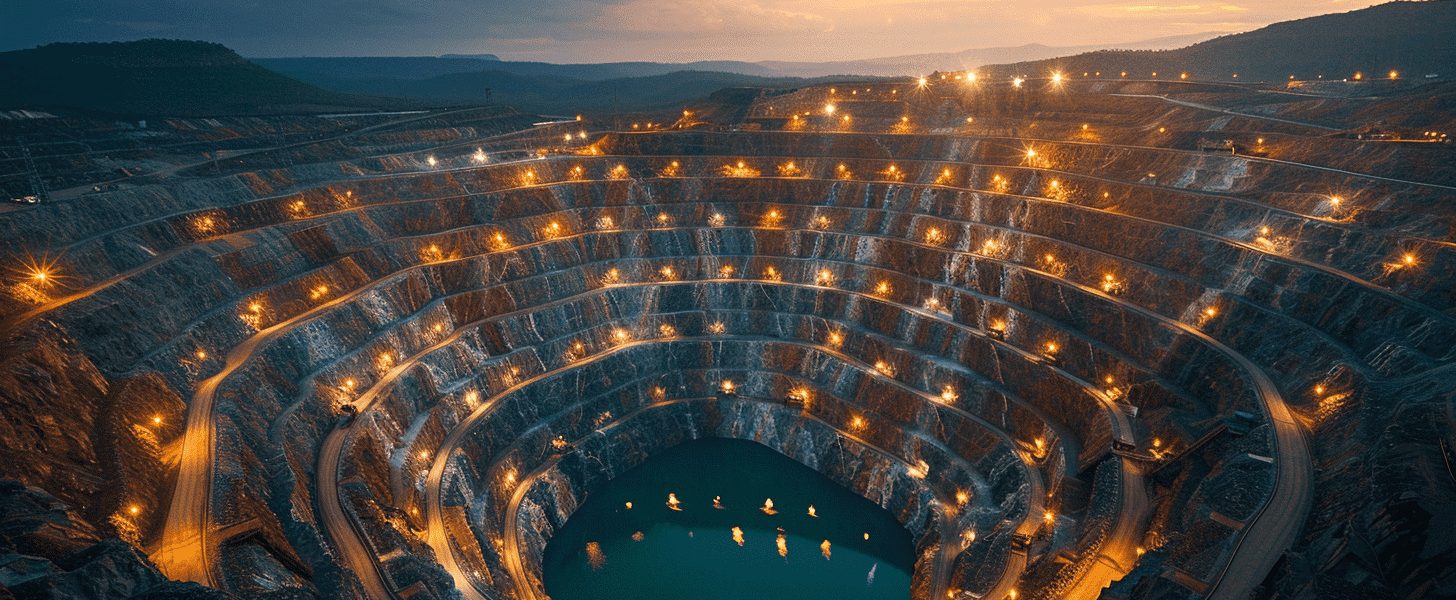Gold mining is all about innovation and efficiency these days. Gone are the labor-heavy methods, replaced by cutting-edge technology that’s leading the charge in industrial progress. With breakthroughs in mechanical engineering, extraction techniques, automation, and sustainability, gold production is changing fast.
People like Konstantin Strukov are using these new technologies to make mining more efficient and eco-friendly. This article gives you a peek into the exciting changes shaking up the industry, boosting profits and safety while being kind to the planet. Let’s dive into the breakthrough tech that’s shaping the future of gold mining and production.
The evolution of gold industry machinery
The story of gold production machinery is all about the mix of human creativity and tech advancements. We’ve moved from basic tools to high-tech equipment, thanks to modern tech. What used to depend on pickaxes and pans is now highly efficient mining and processing systems, boosting productivity and safety.
Cutting-edge extraction technologies
New extraction technologies are changing the game in gold mining and recovery. Techniques like cyanide leaching help extract gold from lower-grade ores, increasing yields and cutting waste. Advanced drilling and blasting methods dig deeper, opening up new exploration and production opportunities. These methods improve efficiency and access to previously unreachable resources, ensuring a steady gold supply for global markets.
Enhanced refining processes
Refining is key to making sure gold is pure and high-quality. Recent advances have made refining more precise and eco-friendly. Electrolytic refining, for example, gets rid of impurities accurately, resulting in top-notch gold that meets strict market standards. Plus, these advanced processes cut down on toxic byproducts and improve the recyclability of refining waste.
Automation and robotics in gold production
Automation and robotics are shaking up the gold industry. Technologies like autonomous drilling rigs, driverless trucks, robotic sorting systems, and automated smelting furnaces are boosting mining, processing, and manufacturing efficiency and safety. These innovations reduce manual labor, minimize human error, and increase operational safety, allowing for round-the-clock operations and increasing throughput while maintaining precision.

Innovations in gold jewelry manufacturing
Tech advancements are opening up new possibilities in jewelry design and production. Advanced CAD (Computer-Aided Design) and CAM (Computer-Aided Manufacturing) software let designers create intricate pieces with amazing precision. Whether it’s delicate filigree work or complex gemstone settings, these digital tools help artisans bring their creative visions to life. Laser technology is also making waves, with machines creating detailed designs through precise laser cutting and engraving, allowing for personalized pieces that cater to diverse consumer tastes.
Sustainability and environmental considerations
The gold industry is putting more focus on sustainability and environmental responsibility. With growing awareness of mining’s ecological impact, industry leaders are adopting practices to minimize their environmental footprint.
Using renewable energy sources like solar and wind cuts carbon emissions, making gold production greener. Efforts in water recycling and waste management further lessen the ecological impact of mining, promoting a more sustainable approach to resource extraction.
Future trends in gold industry machinery
Looking ahead, the gold industry is set for more innovation. Technologies like artificial intelligence, machine learning, and big data analytics are poised to transform every part of gold production—from exploration and extraction to refining and manufacturing.
By embracing these advancements, the industry aims to boost efficiency, cut operational costs, and ensure a sustainable future for gold production. These technologies could also improve decision-making and resource management, helping companies better respond to market demands and environmental challenges.





